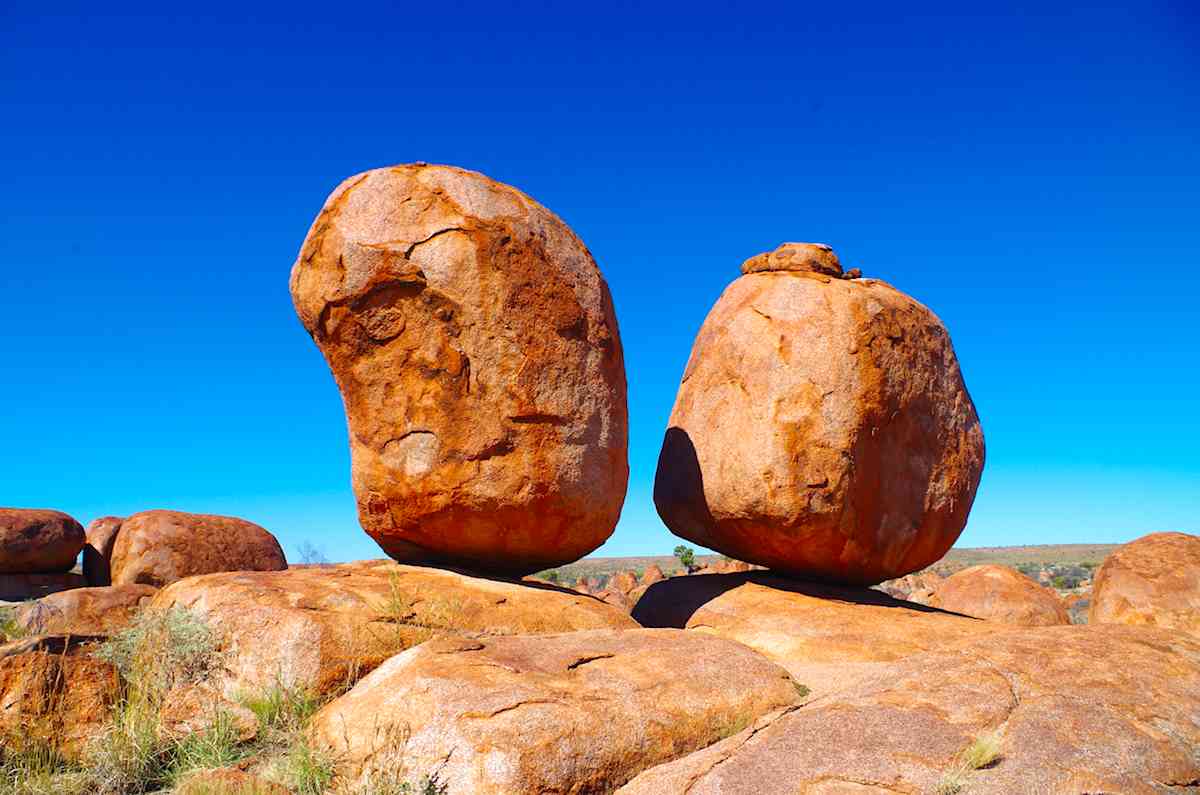Heading down Binns Track, the drive does follow the smooth bitumen of the Stuart Highway for a while. South of Tennant Creek, I veered off the highway to the Devils Marbles.
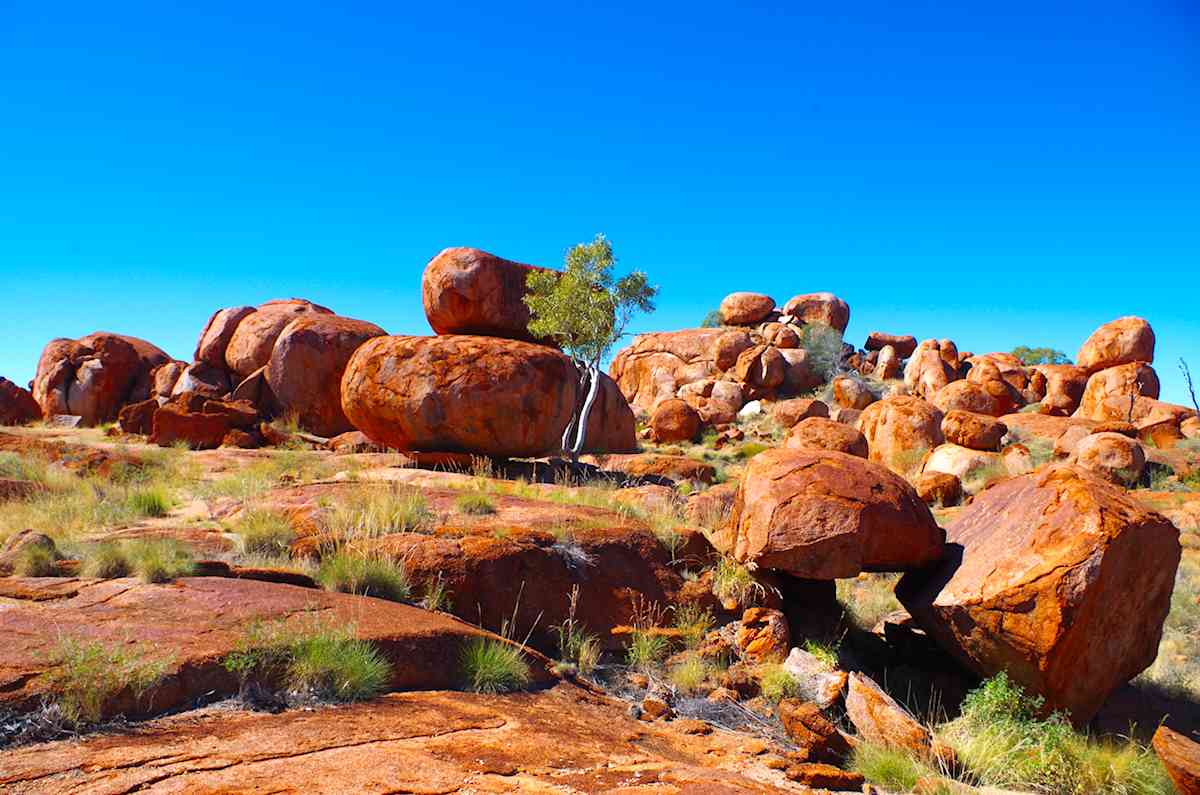
These amazing rock formations are called Karlu Karlu in the local Aboriginal language. Apparently this translates as “rounded boulders”, which is totally appropriate!
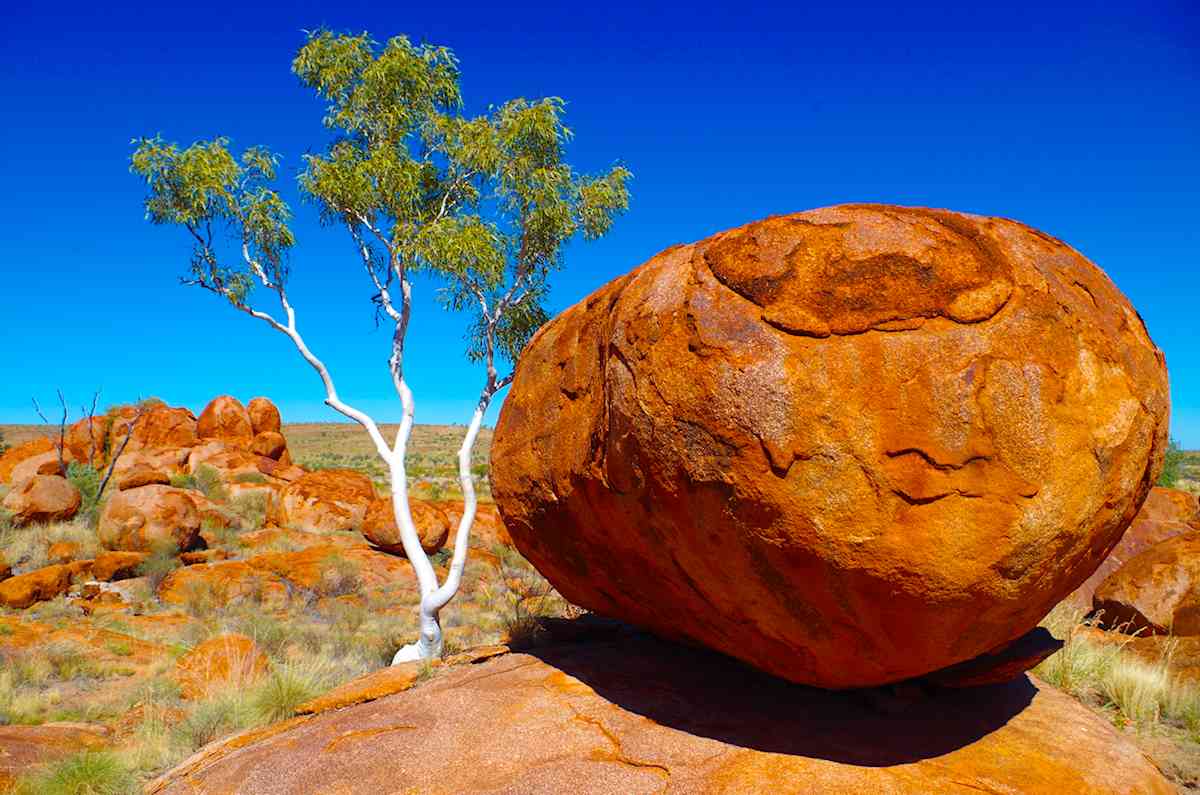
The boulders are an important Aboriginal sacred site. It is a magical place. The rocks are amazing to view and seem to glow in the sunlight. Some really do defy gravity, many precariously balancing on each other.
Leaving the highway again, I headed into Davenport Ranges NP.
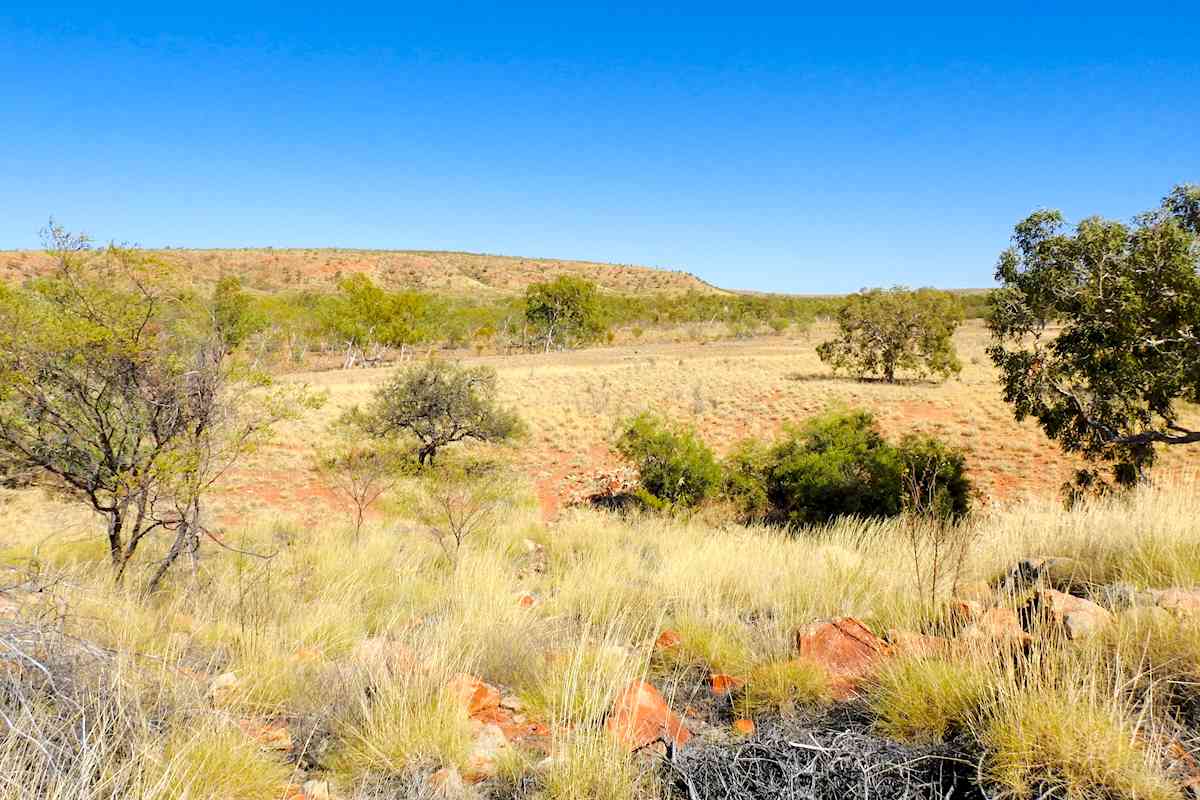
Called Iytwelepenty in the local Aboriginal language, it is one of the more remote parks in the NT. It was important to ensure I had calculated the fuel I needed – it is a long drive between petrol stations out here and walking isn’t an option!
Iytwelepenty NP covers an area where the NT transitions between the sub-tropical north and the semi-arid desert country further to the south. After leaving the highway and travelling 170kms over rough dirt roads, I reached a campsite at a waterhole near some historic ruins.
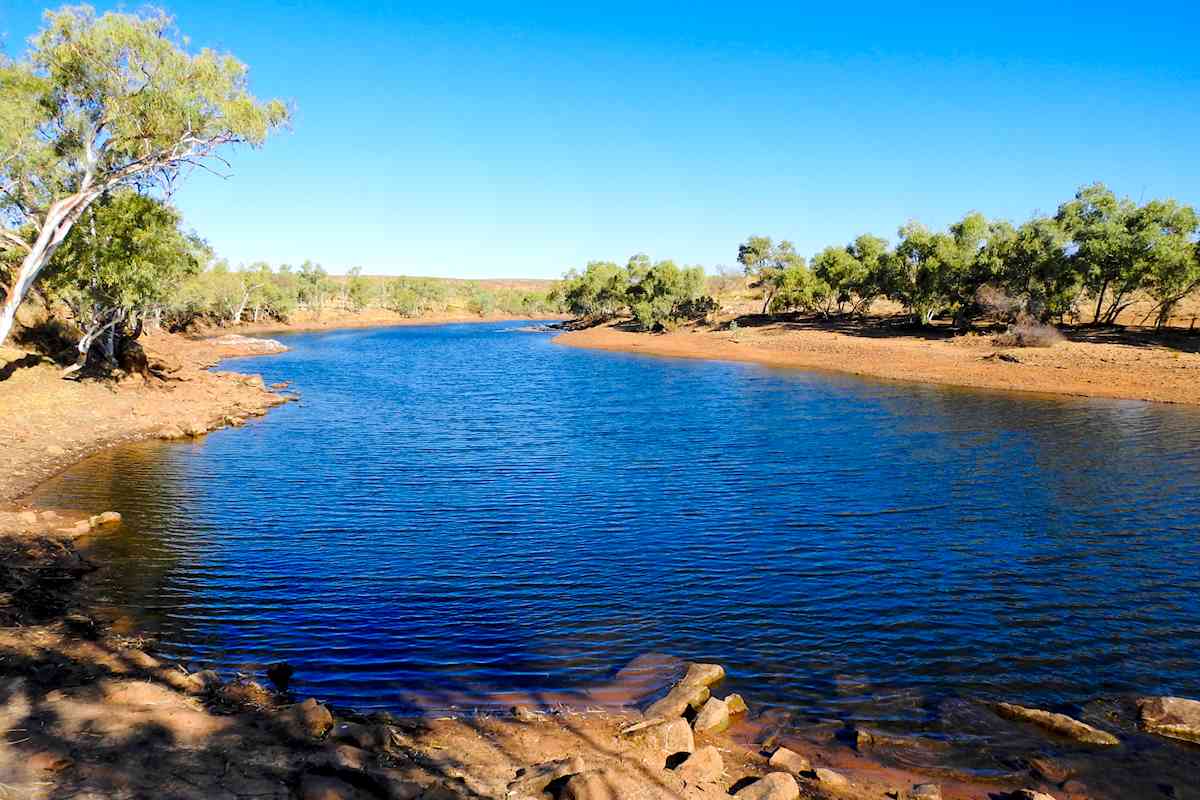
This land was taken up as a cattle station in the early 1890s. The pastoralists drove the local Aborigines away from this waterhole, where they had lived for thousands of years. The aborigines fought hard for their land and retribution for their actions was ferocious. However, this is dry and unforgiving country and the station was abandoned in 1896.
In 1914 wolfram (tungsten) was discovered in the area. This metal was a vital element for armaments needed for WWI, which was ramping up at that time.
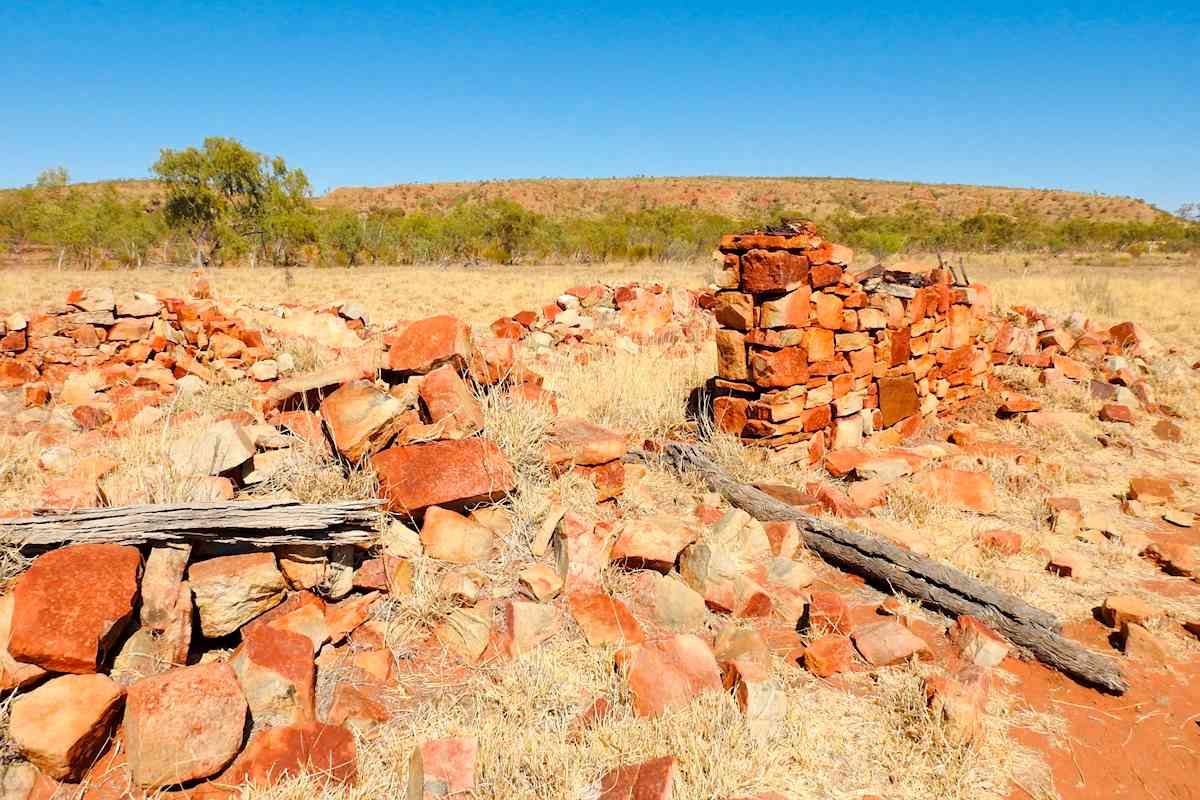
A stone building was established around 1917 to house a mounted constable to police the mining in the area. Because of the added security, the pastoralists also returned. However, when WWI ended in 1918, the need for tungsten diminished and the mine closed. The police station was abandoned; it has since collapsed into ruin.
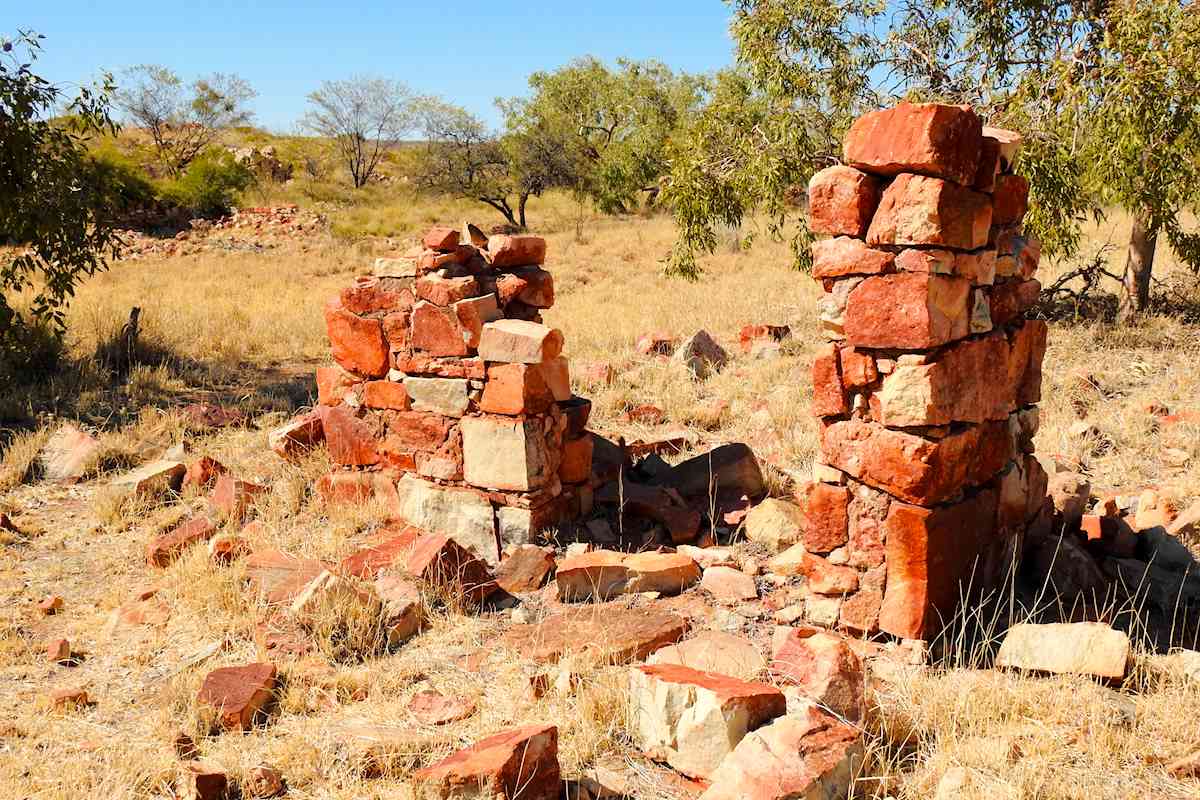
The ruins are located on the other side of the waterhole to the camp, so it requires a bit of a walk to get there (unless you want to swim over). They have not been surveyed, so it is hard to establish what you are actually looking at. I presume there was a “house” – somewhere for the mounted constable to sleep. There may have been a kitchen building, left over from the pastoral days. There would have been stables, presumably a lock-up was needed (I don’t know if anyone was ever arrested?) and they would have needed sanitary facilities…
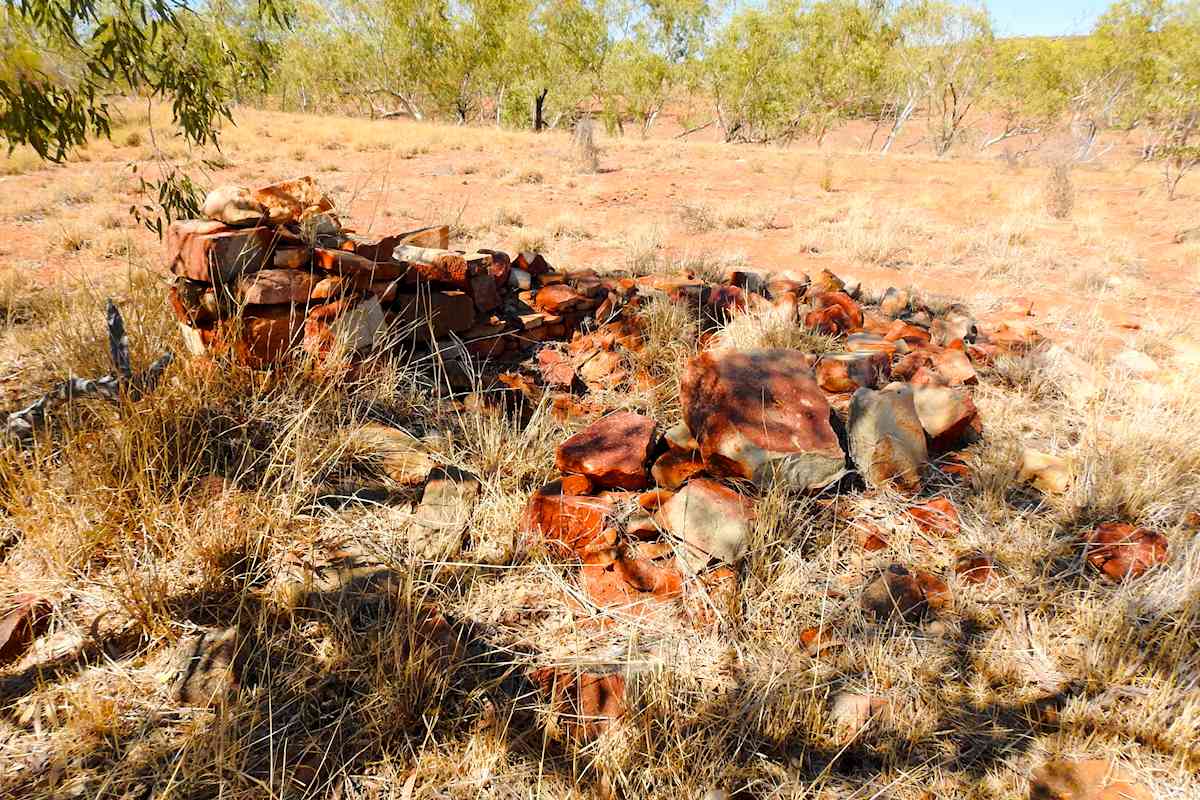
Sadly, it’s a bit hard to tell now. Everything has been reduced to piles of stones, but you can still imagine what it must have been like to live out here.
Sitting beside the waterhole, I realised it was the first time for a while I have been able to look at water and not worry about crocodiles lurking! I was now too far south for nasty crocs, so the waterhole was safe to swim in. Unfortunately it was really cold in the water, even though the weather was very warm.
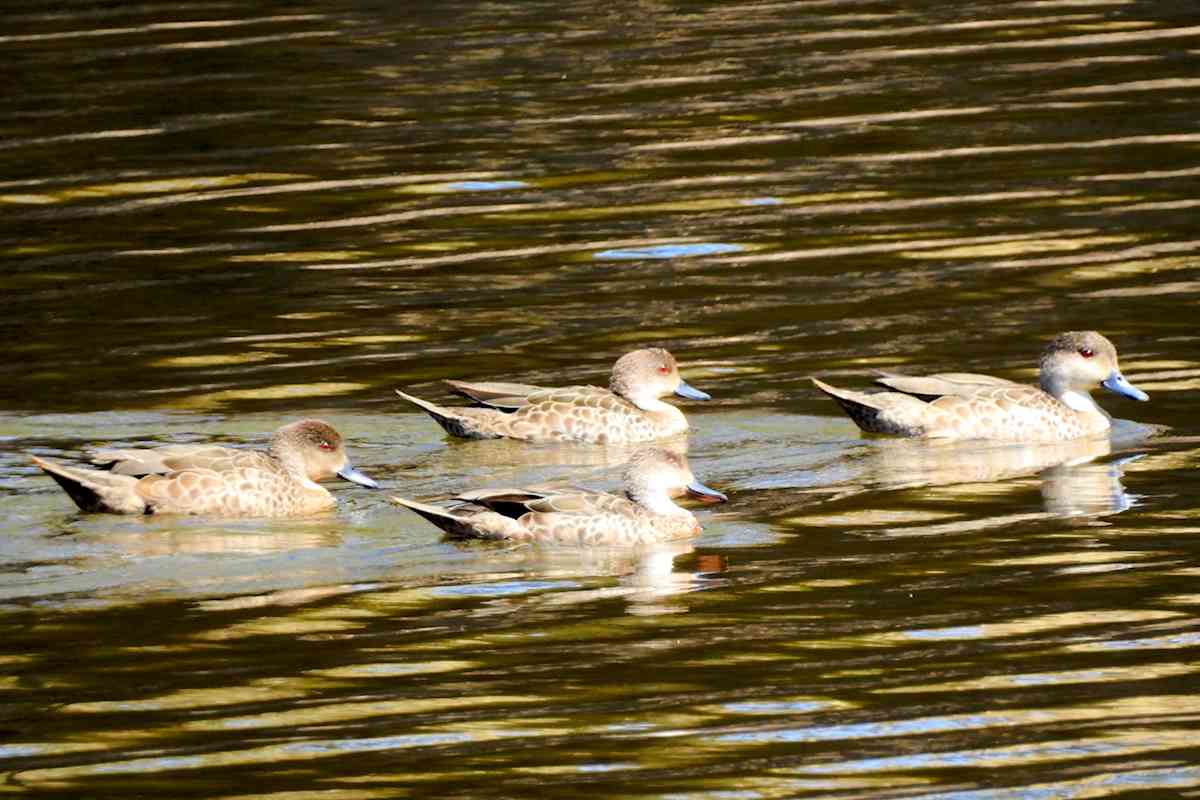
There was a great deal of bird life drawn to the waterhole, as the surrounding area is very dry. Whistling kites and peregrine falcons soared above the water and there were lots of ducks, too.
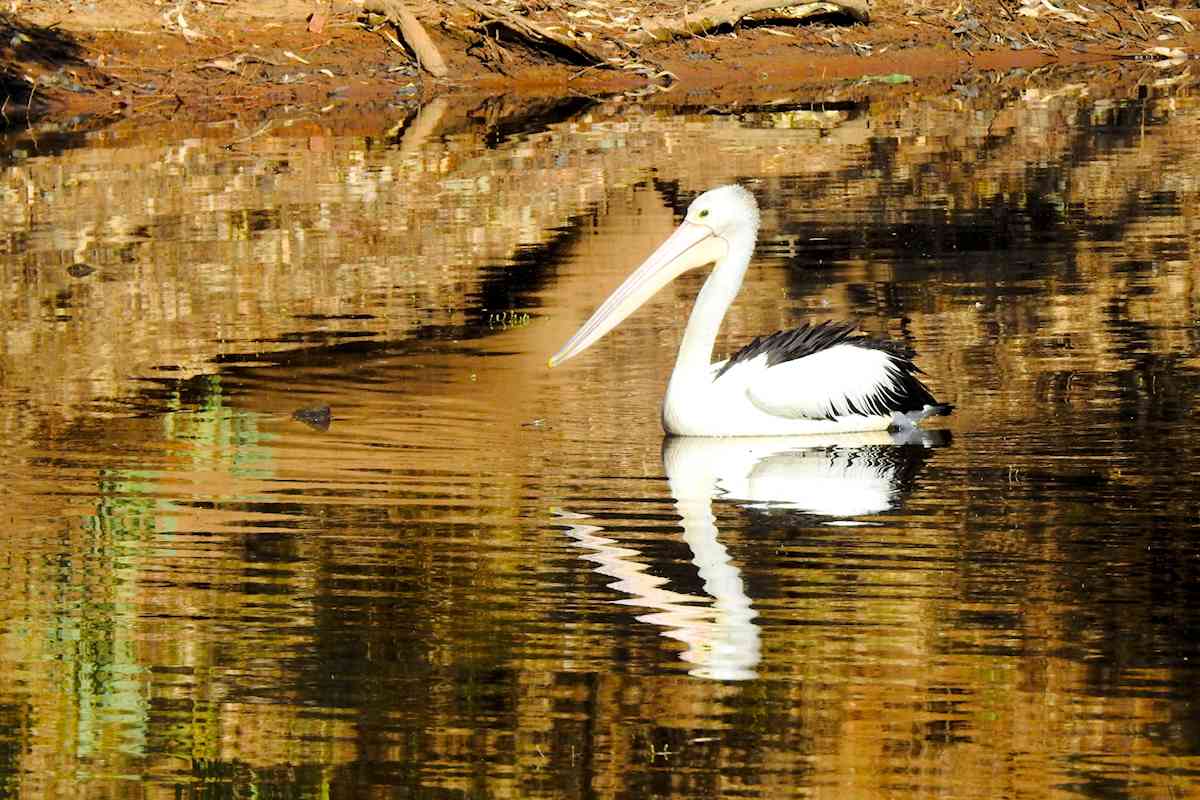
A couple of pelicans spent a morning regally floating up and down the waterway.
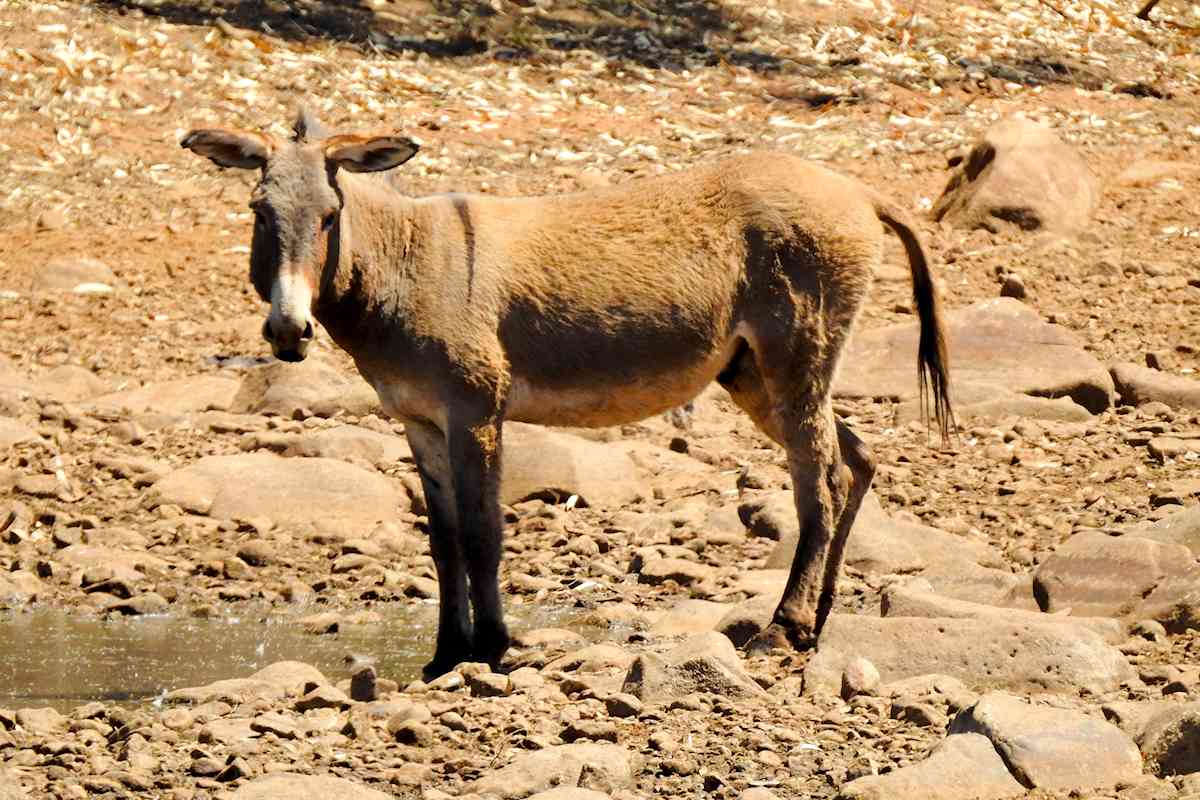
There was also one sad donkey, wandering around. They cull the donkeys in the park as they are a pest and presumably he was missed; now he is all alone.
Iytwelepenty is located in the vicinity of Wycliffe Well, the self-proclaimed UFO capitol of Australia. I wasn’t sure if any aliens ever visited this waterhole. But as it turned out, I didn’t have any other-world experiences here (I’m not sure if that is good or bad?)
However, there are some very strange Aboriginal stories about this region. It seems there are peculiar beings – small, bearded men – that are usually invisible and play tricks on people. And there are other beings, too. These call to people to go with them and when they follow, they never return.
Makes you wonder…

